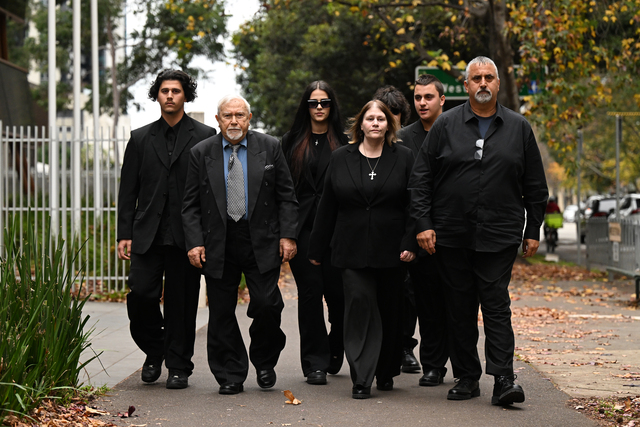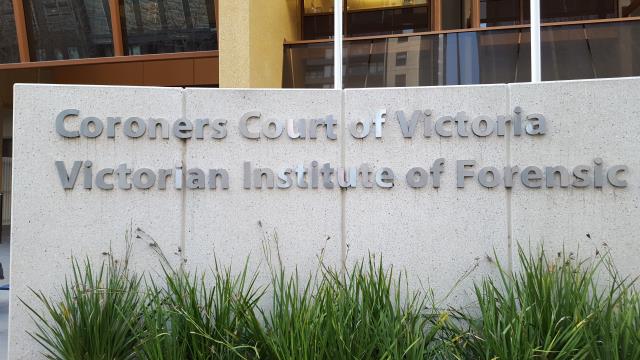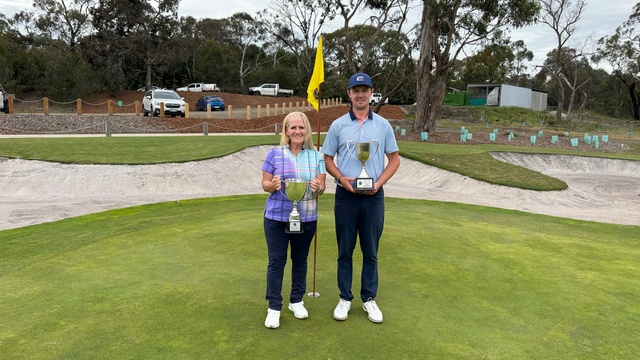The State Coroner has criticised a series of decisions made by doctors prior to the death of Pearcedale apprentice carpenter George Diamond.
The then-18-year-old collapsed after an evening sparring session at Sting Gym in Cranbourne West on 18 February 2019 and passed away three days later.
The death of cause was a result of complications of acute chronic subdural haemorrhage in his brain. The autopsy also demonstrated evidence of an older subdural haemorrhage.
Subdural haemorrhage is often caused by strong force on the head.
State Coroner John Cain found Mr Diamond first sustained a head injury on 25 October 2018 during a live sparring session in Sting Gym, four months before his death.
He suffered symptoms of headaches, vomits, and back pain, and then attended Pearcedale Medical Centre twice on 26 October and 31 October.
As symptoms continued, Mr Diamond along with his father Vic Diamond attended the Frankston Hospital ED on 5 November 2018, where the father “begged” Dr Yigal Reuben to undertake a CT scan or MRI for his son.
Dr Reuben refused and told the father it was “unnecessary“, and the radiation of a CT scan would expose Mr Diamond to risks, including the risk of cancer from radiation.
Multiple witness experts submitted that the risk of radiation in a single CT scan was very low.
Coroner Cain found that Dr Reuben should have ordered a scan for Mr Diamond on the day.
“Alternatively, if Dr Reuben did not think the ED was the appropriate place for a CT scan, he should have referred George to his GP to organise a CT scan or MRI,” he stated.
“Had a CT scan been undertaken on 5 November 2018, it is more likely than not that it would have revealed that George had a subdural haematoma.”
Coroner Cain also found Pearcedale Medical Centre GP Dr Pejman Hajbabaie’s decision to sign a Certificate of Fitness form to clear Mr Diamond for return to boxing on 25 January 2019 inappropriate.
Dr Hajbabaie submitted that he had rarely met such a form before, and he was found not to have reviewed Mr Diamond’s previous medical consultations on the day he signed the form.
Coroner Cain concluded that Dr Hakbabaie should not have signed the form without undertaking a comprehensive review of George’s medical history and undertaking research as to what was involved in providing medical clearance to return to boxing.
“Or in the alternative, Dr Hajbabaie should have referred George to another practitioner that had the requisite training and experience to sign such a form,” he stated.
He recommended relevant professional bodies like the Royal Australian College of General Practitioners consider developing appropriate mandatory training for medical practitioners in relation to providing medical clearance for individuals to commence and return to boxing and other combat sports.
Coroner Cain also stated the most prudent course for Dr Hajbabaie when Mr Diamond visited him six days after he first sustained a head injury would be to recommend him a CT scan or MRI.








